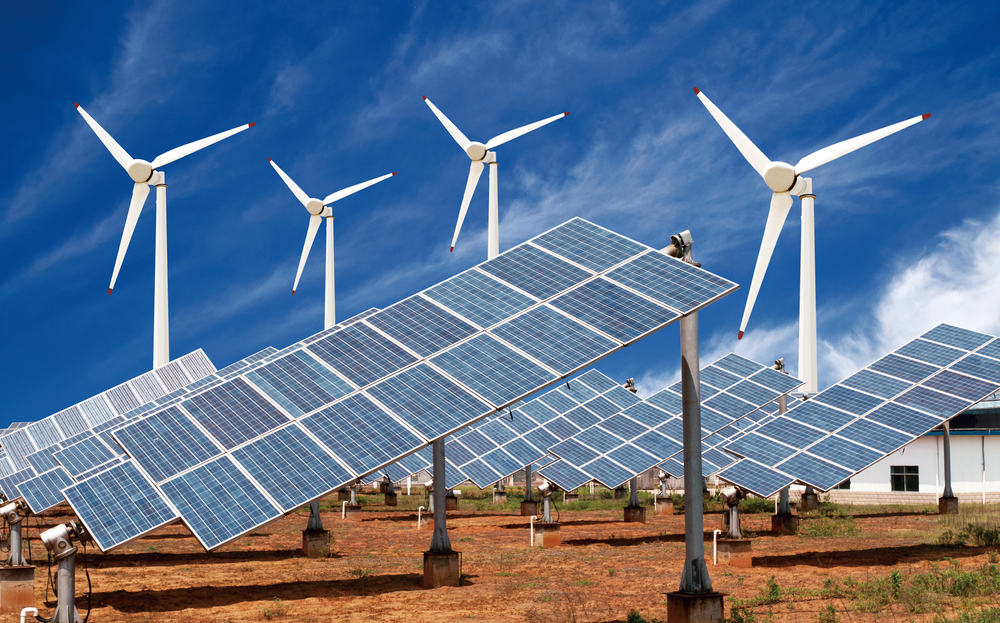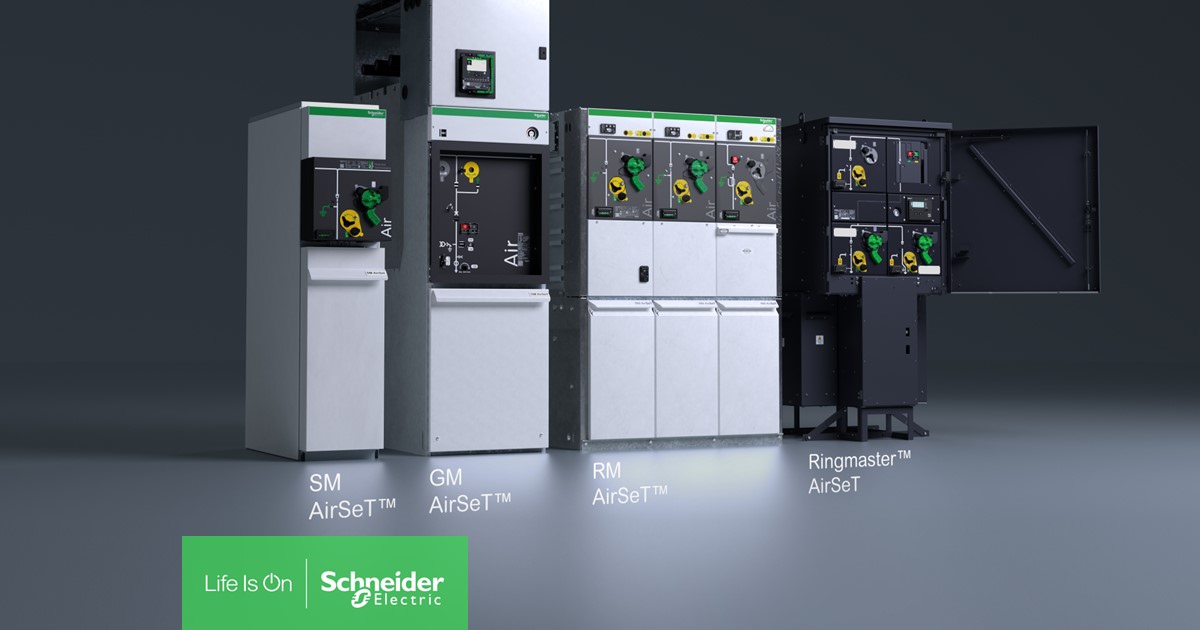South Africa’s Eskom is urging African governments, financiers, and regional blocs to create a unified framework for green energy investment. Speaking at African Energy Week 2025, Eskom emphasized that fragmented policies and high capital costs are deterring investors and slowing Africa’s renewable energy transition.
The power utility called for harmonized regulations, shared technical standards, and pooled financing to accelerate clean energy deployment. With Africa losing billions annually due to stalled projects and energy insecurity, Eskom’s proposal could unlock large-scale funding and support cross-border power trade. This article explores Eskom’s call, the barriers facing Africa’s green energy sector, and how a continent-wide approach could transform investment flows and electrification goals.
Africa’s Green Energy Transition Faces a Structural Challenge
Africa’s energy ambitions are expanding rapidly but fragmented frameworks are choking momentum.
At African Energy Week (AEW) 2025, Eskom South Africa’s state-owned power utility called for the creation of a continent-wide green energy investment framework to unify policies, reduce investor risk, and accelerate clean energy adoption.
Eskom warned that Africa’s current patchwork of national regulations, uneven infrastructure, and costly financing models have made renewable projects difficult to scale. Despite abundant solar, wind, and hydro potential, Africa accounts for less than 3% of global renewable energy investment, according to recent industry analyses.
Eskom’s Call: Harmonize, De-risk, and Scale
Eskom’s central message at AEW was clear: Africa needs a single investment playbook.
The utility outlined three strategic pillars:
- Standardized Procurement & Technical Rules – Countries should align power purchase agreements (PPAs), interconnection codes, and renewable energy tenders to reduce legal and transaction costs.
- Pooled Financing & Risk Sharing – A pan-African green fund could blend concessional, private, and sovereign capital to absorb risks that deter investors.
- Cross-Border Power Trade Alignment – Unified rules for wheeling, transmission access, and regional power trading could unlock private projects that currently face domestic market limits.
Eskom executives argued that this alignment is essential to attract the billions in long-term capital required for Africa’s energy transition.
Why Eskom’s Voice Carries Weight
As one of Africa’s largest power producers, Eskom’s transformation journey gives it unique credibility.
The utility recently launched the Renewable Energy Offtake Programme, inviting private developers to supply clean electricity through long-term Power Purchase Agreements (PPAs). The initiative signals a shift from fossil dependency toward diversified, cleaner supply.
But Eskom’s challenges particularly its massive debt burden and grid constraints reflect why national utilities alone cannot finance the transition. The company’s 2025 investment pipeline includes over 5.9 GW of solar, wind, and storage projects, yet executing them requires capital far beyond Eskom’s balance sheet.
Hence, its advocacy for continental financing structures that spread risk and attract institutional investors like pension funds and insurance companies.
The Investment Gap: Africa Needs Trillions
According to the African Development Bank (AfDB), the continent needs over $170 billion annually through 2030 to meet energy and climate goals.
However, only a fraction is currently flowing and less than 15% of that goes into renewable energy.
Private investors cite regulatory fragmentation, currency volatility, and offtaker risk (utilities’ inability to pay) as the top deterrents.
Eskom’s proposed framework aims to standardize investment environments, making projects in Ghana, Kenya, or Namibia equally bankable under shared regional standards.
This predictability could attract green bonds, climate funds, and blended finance instruments that are currently bypassing Africa in favor of Asia or Latin America.
What a Unified Framework Could Deliver
1. Lower Transaction Costs
A common procurement system and technical standards would eliminate duplication of feasibility studies, legal reviews, and due diligence processes.
2. Increased Investor Confidence
Pooling risk under a continental framework could help utilities secure better credit ratings, lowering borrowing costs for renewable projects.
3. Accelerated Cross-Border Trade
Many African countries produce surplus renewable power during off-peak seasons. With standardized wheeling and interconnection rules, countries could trade energy more efficiently, improving reliability.
4. Faster Industrialization
Affordable, stable, and clean power would help drive industrial productivity and sustainable urban growth aligning with Agenda 2063 and AfCFTA’s economic objectives.
Barriers to a Continental Energy Market
Despite the clear benefits, implementation faces deep political and structural hurdles.
Each African country has unique fiscal realities, energy mixes, and national interests. Some depend on fossil exports; others are still grappling with electrification rates below 50%.
Regional Power Pools like SAPP (Southern African Power Pool) and WAPP (West African Power Pool) have made progress, but lack harmonized legal frameworks to support large-scale private investment.
Building consensus across 54 nations requires both political will and financial incentives particularly from global development partners.
Eskom’s Roadmap for Action
Eskom proposed that continental energy agencies, the African Union, and AfCFTA Secretariat collaborate on:
- Drafting model renewable energy laws to standardize licensing and tariffs.
- Establishing a Pan-African Green Energy Fund backed by development banks.
- Fast-tracking regional transmission corridors linking renewable hubs to industrial centers.
- Integrating carbon markets and green certificates into African trade systems.
Such steps would align with COP30 targets and strengthen Africa’s position in global clean energy negotiations.
Why Africa Must Move Fast
Africa’s population is expected to double to 2.5 billion by 2050, driving energy demand upward by 80%. Without major renewable investments, the continent risks locking into fossil-heavy systems that could undermine climate resilience and global decarbonization goals.
A unified framework would not only enable low-carbon growth, but also foster energy security, job creation, and industrial competitiveness.
Eskom’s message is both pragmatic and urgent. Africa must move from energy ambition to investment coordination.
What to Watch Next
- Policy Response: Will the African Union and AfCFTA act on Eskom’s call to harmonize energy investment rules?
- Financing Developments: How will the AfDB and World Bank structure new blended-finance vehicles?
- Eskom’s Implementation: Progress on Eskom’s renewable RFPs will show whether the utility can turn talk into tangible capacity additions.
Also read: Is South Africa Trading One Monopoly for Another as It Shifts from Eskom to IPPs?
(FAQs)
1. Why is Eskom calling for a unified African framework for green energy investment?
Eskom believes that Africa’s renewable energy transition is being slowed by fragmented national policies and inconsistent financing rules. A unified framework would harmonize regulations, standardize procurement processes, and reduce risks for investors making it easier to fund large-scale clean energy projects across multiple African countries.
2. What challenges are currently limiting renewable energy investment in Africa?
Key challenges include high capital costs, limited access to affordable financing, and a lack of cross-border coordination among utilities. Many African power markets also suffer from weak credit profiles, currency risks, and outdated infrastructure all of which deter private and institutional investors from entering the green energy sector.
3. How would a unified energy investment framework benefit African countries?
A unified framework would help countries share resources, attract more private capital, and expand regional power trade. It would also lower transaction costs, create predictable investment environments, and improve grid reliability. Ultimately, it would accelerate electrification, reduce energy poverty, and position Africa as a global player in renewable energy production.
4. What role does Eskom play in Africa’s renewable energy transition?
Eskom, South Africa’s state utility, is one of the continent’s largest power producers. It is currently transitioning toward renewable energy through its Renewable Energy Offtake Programme, which allows independent power producers to sell clean electricity via Power Purchase Agreements (PPAs). Eskom is also advocating for regional cooperation to mobilize funding and improve grid connectivity.
5. How much investment does Africa need to meet its clean energy goals?
According to the African Development Bank (AfDB), Africa requires about $170 billion annually through 2030 to meet its energy and climate goals. Only a small portion of this financing is currently being met, underscoring the urgent need for a coordinated continental investment framework to unlock new funding streams.
6. Which African regions are leading in renewable energy development?
Southern and East Africa are leading, with South Africa, Kenya, and Namibia spearheading large-scale solar and wind projects. However, West African countries including Nigeria and Ghana are expanding investment in mini-grids and hybrid systems. A unified framework could link these regional successes into a continent-wide green power network.
7. What could be the first steps toward creating a unified framework?
The African Union, AfCFTA Secretariat, and regional power pools (such as SAPP and WAPP) could begin by drafting model renewable energy laws and common technical standards. Establishing a Pan-African Green Energy Fund backed by development banks would also be a major step toward de-risking projects and attracting large-scale private investment.
8. How would such a framework affect local economies and jobs?
A unified green energy framework would stimulate local manufacturing of solar panels, wind components, and batteries. It would also create thousands of jobs in construction, engineering, maintenance, and energy management helping African economies transition toward sustainable, high-value industries.
9. What role can development banks and international investors play?
Development banks such as the World Bank, AfDB, and IFC can provide concessional financing, credit guarantees, and blended finance structures to lower project risks. Institutional investors like pension funds and sovereign wealth funds can then participate in green projects under more predictable and bankable terms.
10. What is the long-term vision behind Eskom’s proposal?
Eskom’s long-term vision is an integrated African power market powered by renewable energy. This system would allow countries to trade electricity efficiently, stabilize grids through regional interconnections, and jointly attract investment for generation, transmission, and storage. The ultimate goal is to make Africa both energy-secure and climate-resilient.



